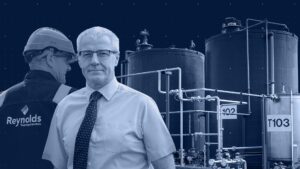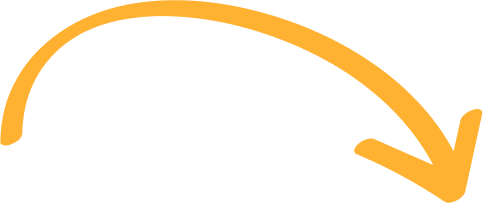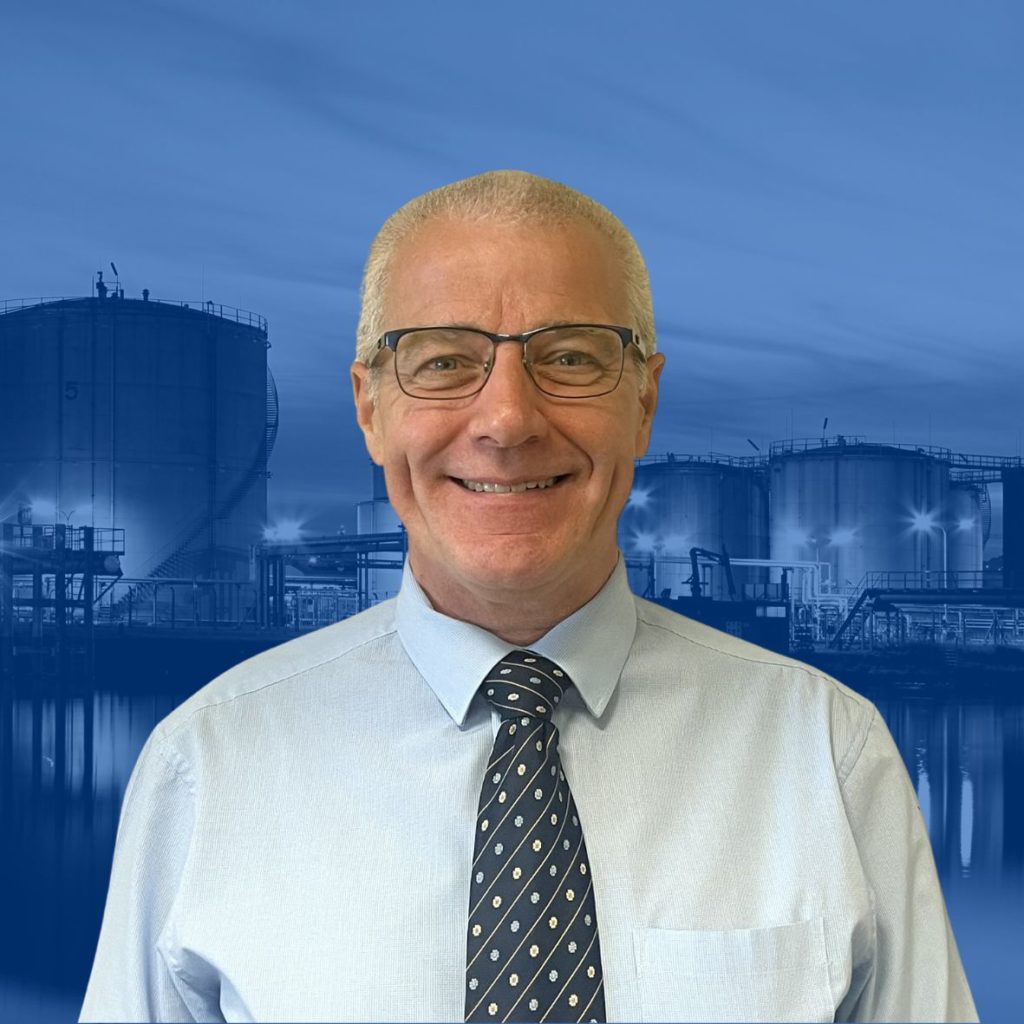

Latest Article

July 25th, 2025
Shaping Competence Together: Building a Culture of Competence in High-Hazard Industries
Other posts by this author
July 25th, 2025
Shaping Competence Together: Building a Culture of Competence in High-Hazard Industries
August 21st, 2023
Reynolds Returns to the TSA Conference & Exhibition
June 28th, 2023
TSA Publishes 2023 Annual Review
Categories
Competency Health and Safety Articles Health and Safety News Health and Safety Training In-House News Industry News Online Health and safety Process Training Reynolds Training Services rts Training Course Trending Uncategorized
Written by John Reynolds
January 17th, 2018
Health and Safety Articles
rts
The nature versus nurture debate is as old as the human race. It’s one that permeates all facets of life, both personal and professional.
Take the high hazard sector. In line with this thinking, it’s pertinent to ask:
In reality, the debate is one of nature versus nurture. Or, at a technical regulatory level, process versus personal safety.
Is error a natural part of human activity?
Let’s face it, nobody is perfect – so can this rule be applied to human error?
Humans are not programmed robots, so logic tells us that we are naturally prone to a lack of compliance and routine. Usually, this is a result of inadequate implementation of procedure, a lack of communication, or a misunderstanding of the practical application towards safety systems.
“For a long time, people were saying that most accidents were due to human error and this is true in a sense but it’s not very helpful. It’s a bit like saying that falls are due to gravity.”
– Dr. Trevor Kletz
Dr Kletz’s statement suggests both human activity and process are to blame if an accident arises. If you had perfect human activity, but process systems were lacking, soon enough you would be heading for danger. And the same goes for vice versa.
James Reason’s swiss cheese model highlights holes (failures) in protection at managerial level, which inevitably allows accidents to slip through them, resulting in an accident caused by human error. On the other hand, Sidney Dekker, a professor of safety, has tried to persuade organisations to move away from seeing human error as a fault of the individual to a symptom of problems in an organisation.
Regardless to say, the conflicting ideas provide evidence that it’s important to make sure that human activity and process need to be viewed as equally as important to ultimately reduce risk.
Human factors expert, Jens Rasmussen, theories there are 3 categories of errors. In order to be identified and controlled, they require different approaches:
Equip employees with sound training and implement a rigorous safety management system to control the chance of error by human activity.
The identification of unsafe construction/design and hazardous arrangements could prevent system-based accidents.
But, of course, human activity plays an important role: employees need to be proactive and have attention to detail. This comes from employees being passionate and happy where they work.
Motivate employees to be the best version of themselves. Offer rewards and recognition when they do good things. This is key to making sure process systems are always safe.
Written by John Reynolds
January 17th, 2018
Health and Safety Articles
rts

Let’s get
learning together!
Lines open Monday to Friday, 9am to 5pm, GMT

Prefer to talk by email?

Send a message to
enquiries@reynoldstraining.com
or fill in the form and a member of our safety team is standing by to help.
- John Reynolds